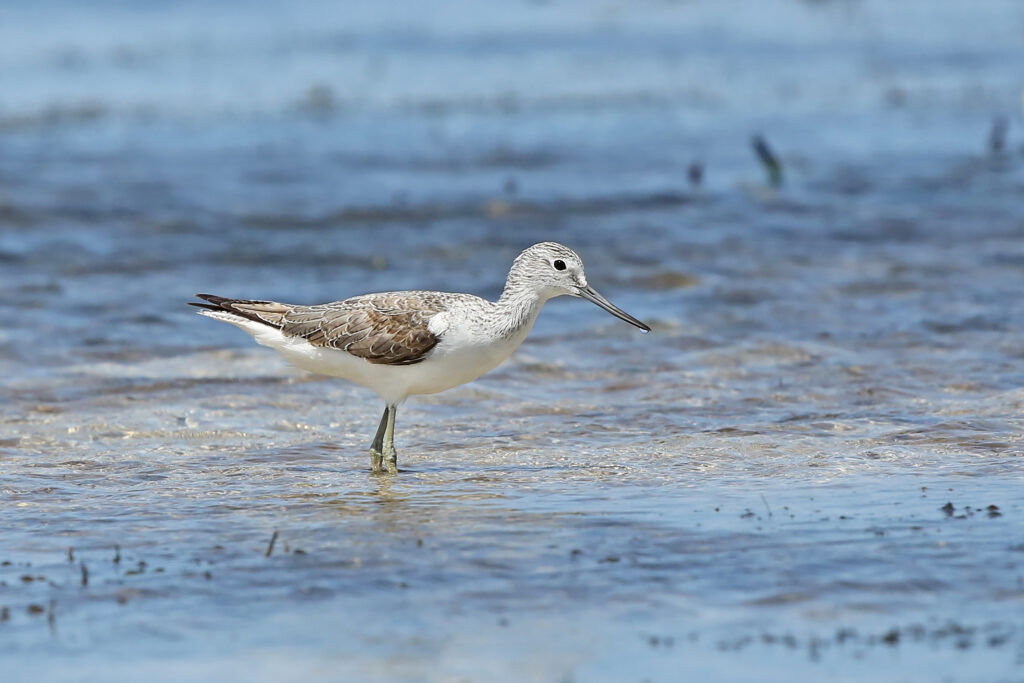About
The Victorian Wader Study Group (VWSG) was formally constituted in 1978, although fieldwork actually began in 1975.
The VWSG started out with a genuine curiosity about how shorebird populations functioned. Where did they migrate to and through what areas? What staging sites were used? What were their typical recruitment (i.e percentage of juveniles in populations) and survival, and how did these vary over species and time (given that conditions in the Arctic were, and still are, highly variable)?
As a consequence, the two main drivers of VWSG research have been to understand migratory routes and stopover sites, and understanding population dynamics. A great deal has been learned about migration routes through the VWSG program, but many knowledge gaps still remain. There has been an increasing emphasis on understanding population dynamics in more recent times, in particular on collection of data enabling an understanding of population changes and what drives these (e.g. recruitment and / or adult survival).
The VWSG is a non-profit organisation and is made up of around 140 volunteers.
